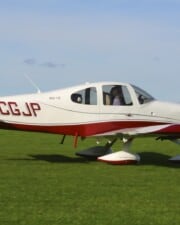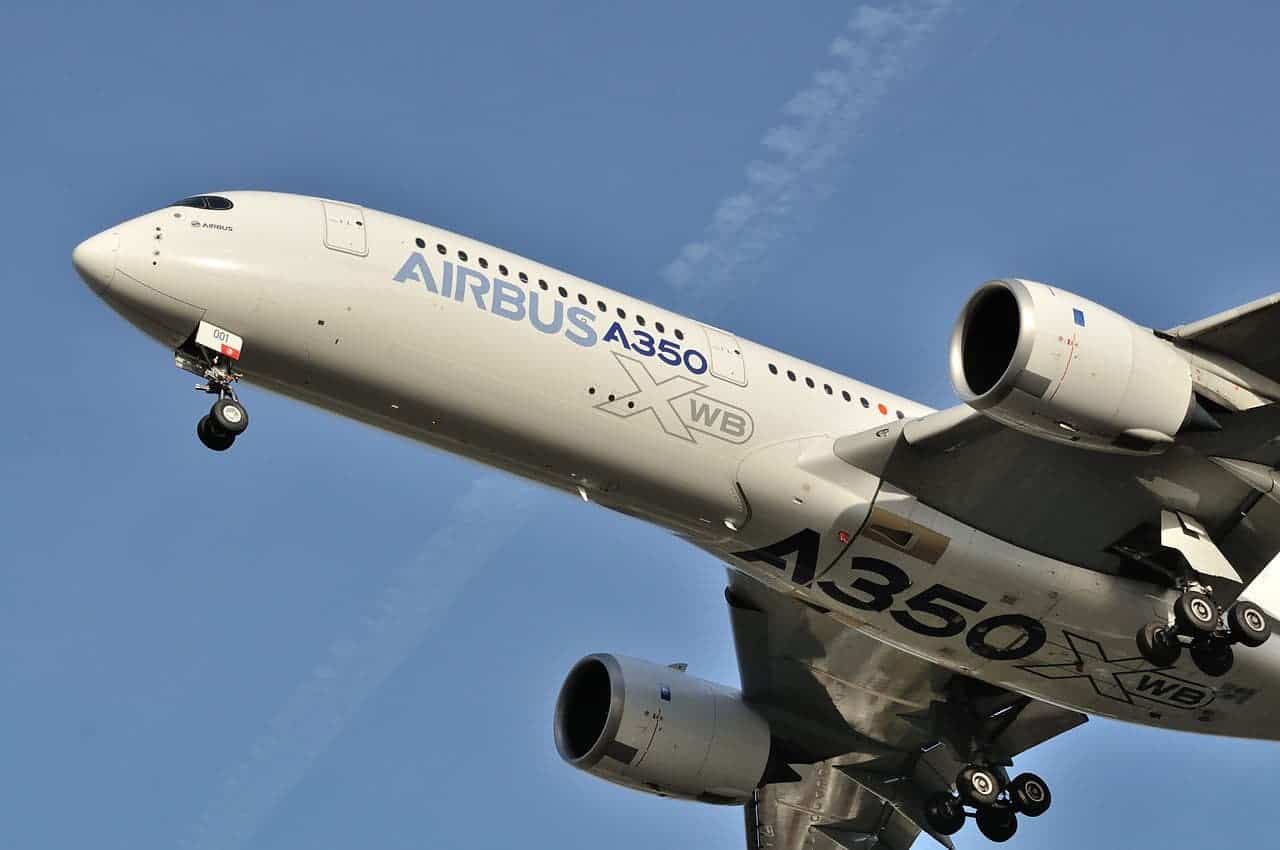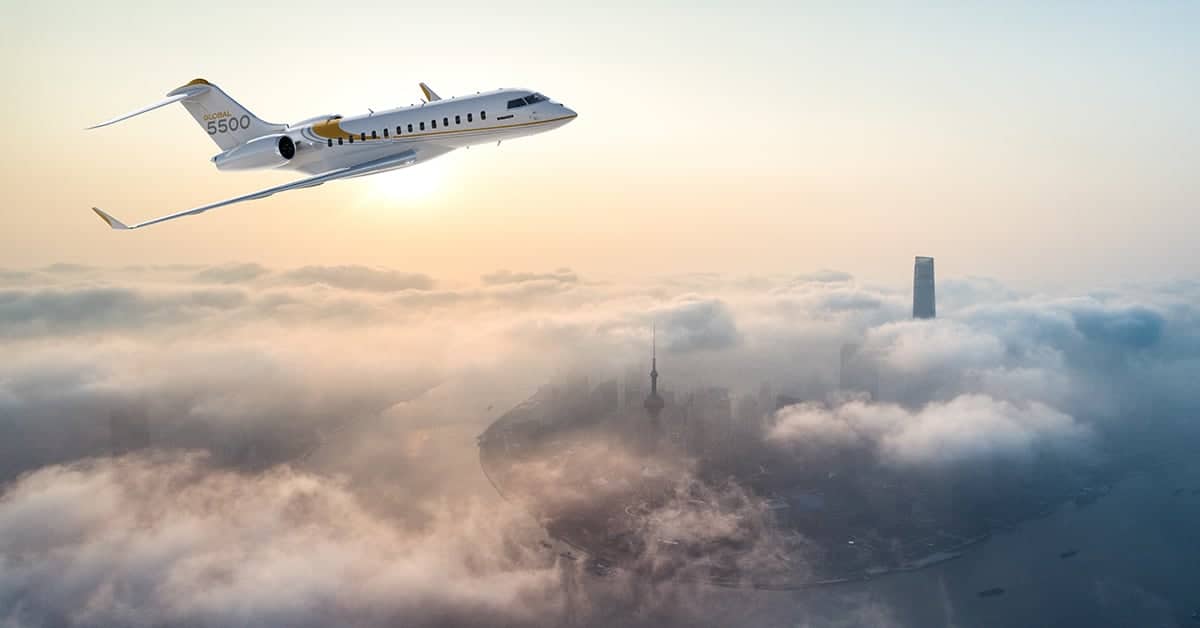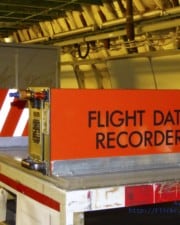Ultralight aircraft are tiny one-seaters that are not subject to the same certification requirements that other aircraft are. Pilots do not even need a pilot license–these planes are built for individuals to use for fun. They’re almost like motorcycles but in the sky!
Ultralight aircraft aren’t allowed to fly in controlled airspace without permission, nor are they allowed to fly over cities, towns, or gatherings. And since they are also limited to having five-gallon fuel tanks, their range is relatively limited.
What is an Ultralight?
Ultralights come in many shapes and forms. The requirements are written to allow pretty much any sort of aircraft, as long as it meets some basic weight and performance limitations.
The advantages of ultralight aircraft are reduced costs. Certification is a costly process for aircraft manufacturers to go through. Since ultralights are not certified and not required to have airworthiness certificates, thousands of dollars in savings are passed on to the buyer. Furthermore, they don’t need to be registered with N-numbers, and their pilots can save money on training.
Many ultralights are amateur-built, but there are also production built units available. The most common types are airplanes with pusher-type engines. Powered paragliders are another popular type of ultralight, but there are even rotorcraft and gyrocopter ultralights available.
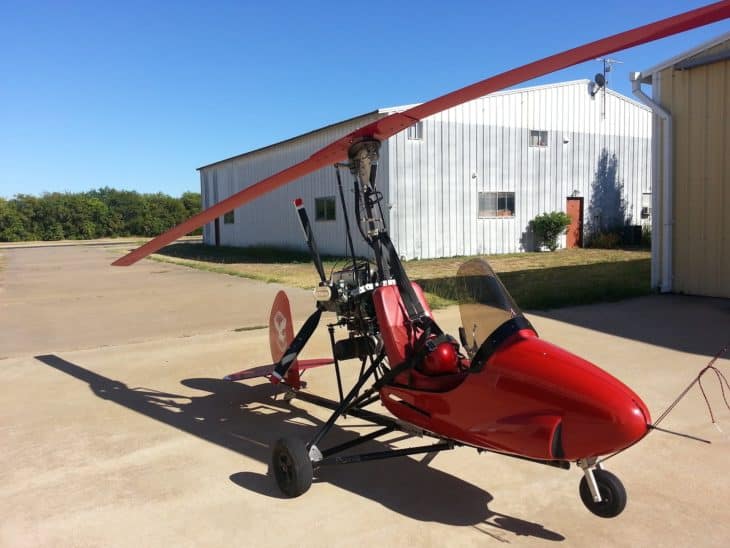
Ultralight Aircraft Regulations
According to the Experimental Aircraft Association (EAA), ultralights must meet the following requirements:
- One seat only
- Max empty weight of 254 lbs or less for powered aircraft (155 lbs for unpowered)
- Fuel capacity 5 gallons or less
- Max speed at full power of 55 knots
- Max power-off stall speed 24 knots
An aircraft that meets these requirements is allowed to operate under Part 103 of the US Federal Aviation Regulations (FARs). If an aircraft doesn’t meet all of these criteria, it must be certified and operated under Part 91, just like any other aircraft.
Do you need a license to fly an ultralight?
The answer is surprising, no! At least in the United States, ultralight pilots do not need FAA pilot certificates to operate under Part 103. Training is available in specially certified two-seat ultralights through the EAA and other organizations. While it’s not mandatory, training is highly recommended, especially for anyone new to flying.
Experimental Aircraft
There are many recreational aircraft that don’t meet the requirements of Part 103. Many “home-built” aircraft fly with experimental certificates, and many look and feel like production aircraft. They have two or even four seats, and they operate at high altitudes at high speeds.
Like ultralights, experimental amateur-built aircraft are popular to save costs. The general litmus test is known as the “51% Rule,” which allows for the manufacturer to make kit airplanes and sell them 49 percent complete. As long as the owner completes 51 percent of the work themselves, it’s still an “amateur-built” aircraft. Many kit plane manufacturers offer owner completion programs in their factories, where their techs and employees are available to help finish the aircraft.
Without the expensive FAA certification burden, experimental aircraft can be customized to the exact specifications desired by the owners. The money saved by the manufacturer not getting a type certificate means that the cost per completed airframe is significantly lower than that of the production aircraft.
Operating Ultralights and Experimental Amateur-Built Aircraft
Ultralight aircraft, with their carefully designed limits, have the most restrictions placed on them. According to FAR Part 103, ultralights must:
- Fly in daytime VFR conditions only
- Must remain in uncontrolled airspace
- Comply with all FAA NOTAMs
- Cannot fly over cities, towns or large groups of people
- Cannot create a hazard to other people or property
- Must yield the right-of-way to all other aircraft
Aircraft certificated in the experimental category can be operated day or night, VFR or IFR, depending on the equipment installed and how it was certified. This rule is no different from any other category of aircraft. Experimental aircraft, however, cannot carry passengers or cargo for hire.
All of these rules are designed to make access to flying easier for recreation pilots and owners. These are US regulations, and the treatment of ultralight and experimental aircraft varies from country to country.

What is Uncontrolled Airspace?
The keywords in Part 103 that allow for so much freedom are “uncontrolled airspace.” So what exactly is uncontrolled airspace, and where do you find it?
In the United States, the only uncontrolled classification of airspace is Class G. Class G is most easily defined and shown on aeronautical charts as areas where no other class of controlled airspace exists.
It’s important to realize that the term “controlled airspace” is not connected directly to air traffic control towers. Yes, the airspace around towered airports, whether Class B, C, or D, is controlled airspace.
But Class E controlled airspace is far more common and it fills in many gaps between airports. Radar controllers control this airspace, and it is where instrument aircraft operate on clearances. If ATC radar can reach an area, it is most likely Class E. On the eastern half of the US, Class E lies everywhere above 1,200 feet AGL. In the mountainous west, there are areas where the floor of Class E is as high as 14,500 MSL.
If a non-towered airport has an instrument approach, that airport might be designated as Class E airspace as well. Many airports have a lower shelf of controlled airspace that drops down to 700 feet MSL, but there are a few where Class E extends to the surface.
How high can an ultralight fly?
So Class G uncontrolled airspace, where ultralights can operate without any restriction, lies in most areas below 1,200 feet above the ground. There are a few places where they can operate higher without permission, and of course, they will need clearance to approach controlled airports.
Ultralights are allowed in controlled airspace if they have permission to enter. For most ultralight pilots, this is likely more work than it’s worth. But some pilot undoubtedly operate out of controlled Class D airports, so getting permission directly from the air traffic control tower is easy.
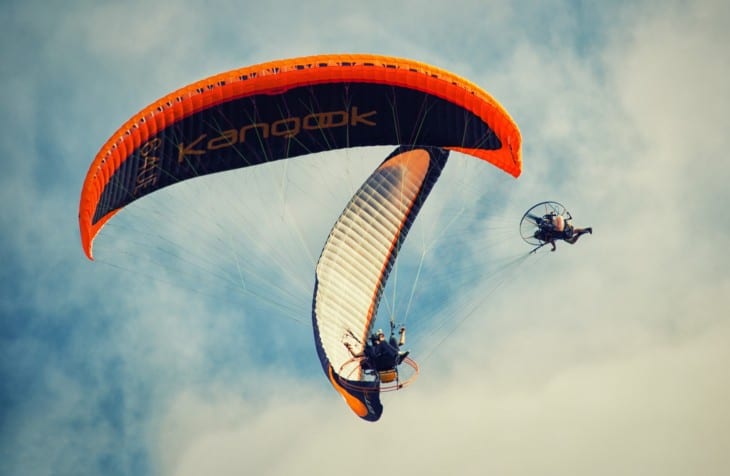
Putting It All Together–Where CAN Ultralights Fly?
By knowing the regulations and carefully studying an aeronautical chart, ultralight pilots can see what airspace is available to them.
Unless they operate in a mountainous area, they are likely limited to the airspace below 1,200 feet AGL, and maybe below 700 AGL if they operate near some airports.
Ultralights are most commonly found around rural areas since they can’t fly over congested areas like cities and towns. You won’t find many of them operating at your city’s executive or international airport. Still, if you drive out of town and find the local general aviation field, you’ll probably find a few.
There’s no requirement that ultralights operate from airports, so they can take off and land in private fields or wherever it is safe to do so. If they meet the above requirements and can operate safely, ultralights can take off and land nearly anywhere.
With carefully planning, it’s also possible for an ultralight pilot to fly from airport to airport on cross country flights. Their small fuel tanks limit them somewhat, but their tiny motors burn little fuel anyway.
Related Posts


